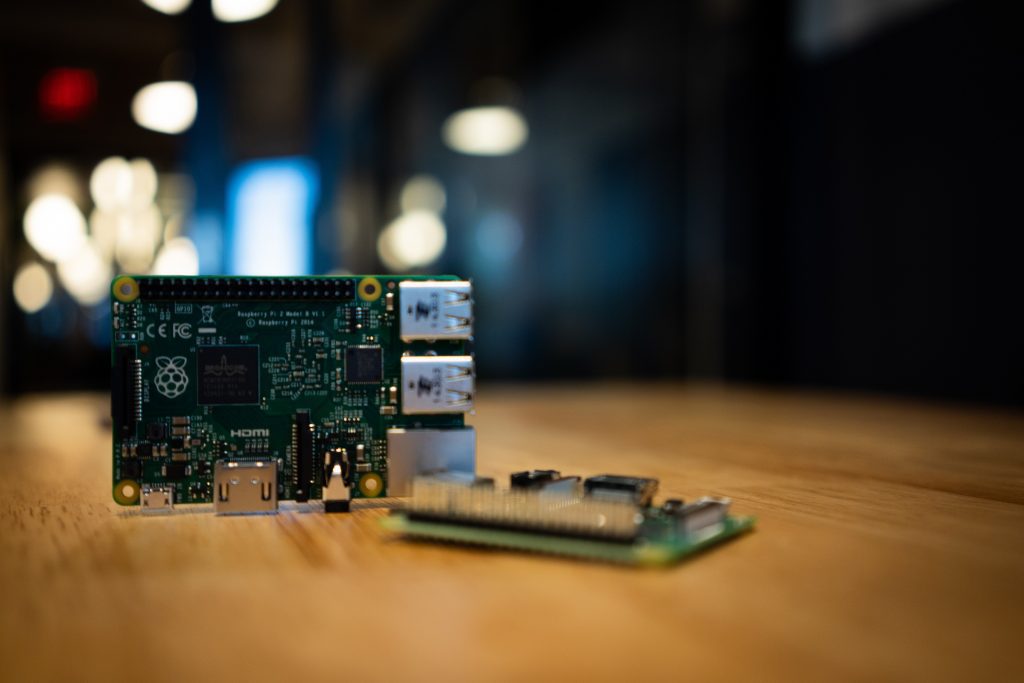Table of Contents:
Building automation systems are slowly becoming more and more popular, and many users cannot imagine their daily lives without them. However, a large group of people are under the misconception that a smart home has to involve an investment of considerable financial resources, associated with the purchase of a central controller, numerous sensors and actuators (dedicated to a particular system of a given manufacturer), and finally – with a rather invasive installation. If the project is carried out at the time of construction or general renovation, the last of the problems can still be minimized, but it’s worse if the idea of launching a building automation system is crystallized soon after the premises are given over for use or the flat is routinely refreshed.
However, it turns out that even in such a case it is possible to add a certain amount of “intelligence” to the building – One of the most interesting solutions is to create your own installation, using a Raspberry Pi minicomputer, Domoticz (a special software package for this purpose) and a handful of sensors and additional hardware modules.
Domoticz – open source smart home system
Building a Raspberry-based smart home is all about a few steps, the first of which is obviously installing Domoticz on your Raspberry Pi. The installation process itself is trivial, as it consists of calling the curl -sSL install.domoticz.com | sudo bash command in a terminal, which downloads the installation files and calls an automatic script that guides you through the process of basic environment configuration. Once all the necessary configuration is done, you can move on to connecting peripherals. The Raspberry Pi version of Domoticz natively supports a number of devices, including numerous wireless communication modules (RFXCOM, Z-Wave), energy meters, and even commercially available weather stations, air quality sensors and thermostats. The system also has pre-installed drivers to support GPIO lines, the BMP085 sensor, 1-Wire thermometers and even the Philips Hue smart lighting system. What is very important, the user is not only able to connect the necessary devices to the system, but also to freely configure the information board, available after logging in to the minicomputer – in the form of clear, intuitive “blocks” Domoticz will display the status of sensors and other useful information, while the built-in graphic functions will allow to generate aesthetic graphs of the set parameters in a specified time window. Raspberry Pi – installation of Domoticz and first configuration steps
Raspberry Pi – installation of Domoticz and first configuration steps Connecting hardware to the Raspberry Pi
Connecting hardware to the Raspberry Pi
How useful was this post?
Click on a star to rate it!
Average rating 0 / 5. Vote count: 0
No votes so far! Be the first to rate this post.






















